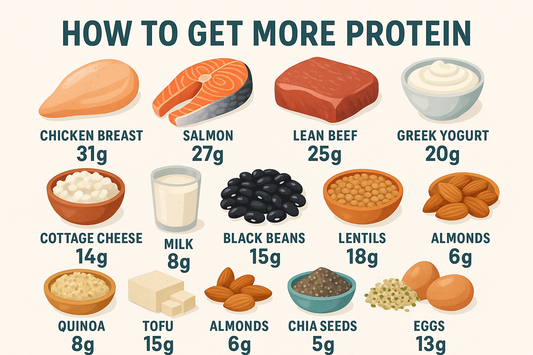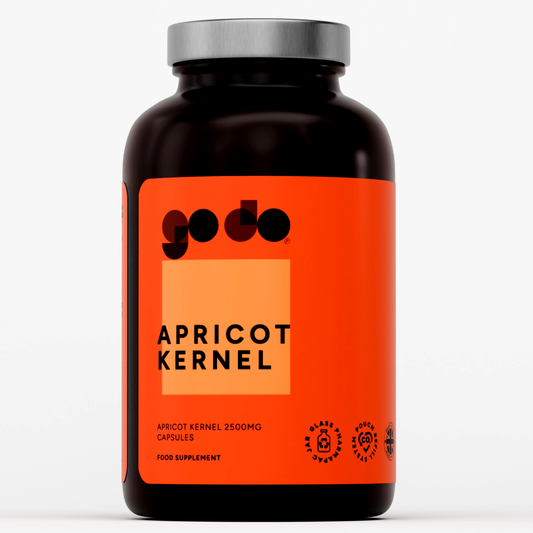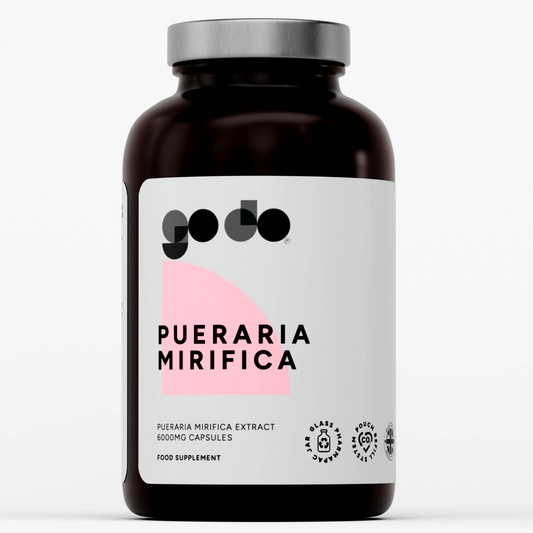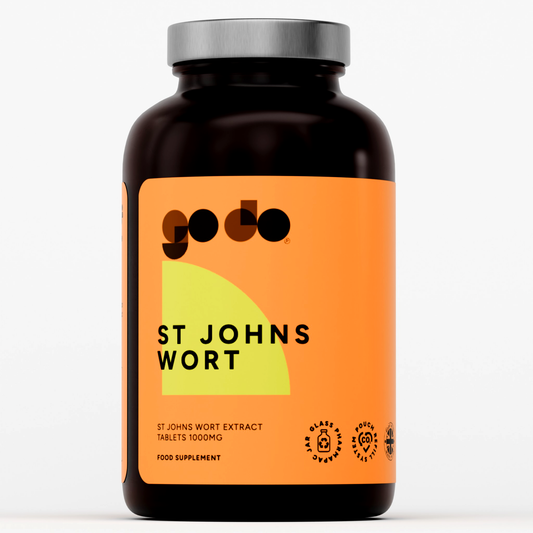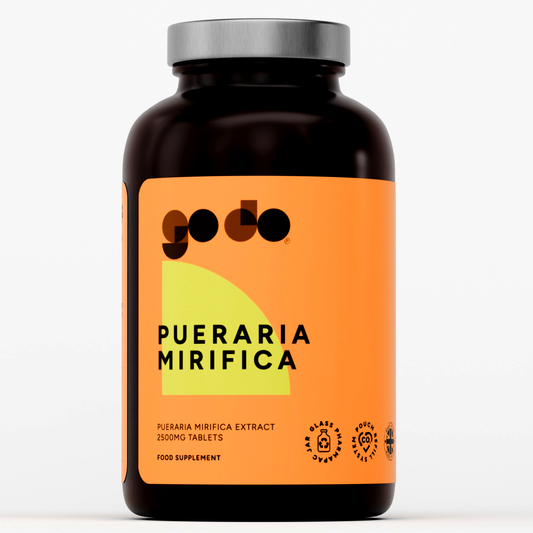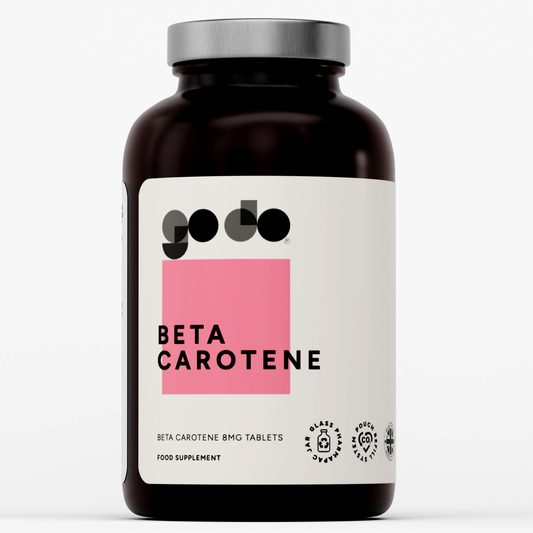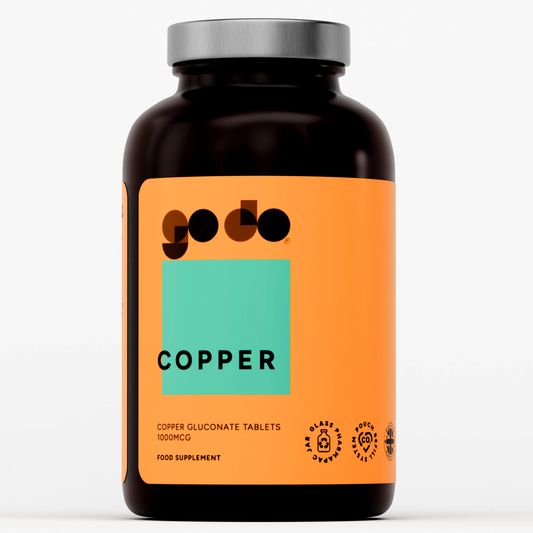When you embark on a journey to build muscle, you're engaging in one of the most rewarding and transformative processes your body can undergo. Muscle gain refers to the systematic process of increasing muscle mass and strength through a carefully orchestrated combination of proper nutrition, targeted exercise, and strategic dietary supplements. This biological adaptation represents far more than simply getting bigger or stronger – it's about fundamentally changing your body's composition, metabolic capacity, and functional capabilities in ways that extend far beyond the gym.
The science behind muscle development centers around muscle protein synthesis, which represents the intricate biological process by which your body constructs new muscle tissue from amino acids and other nutrients. This fascinating cellular machinery works around the clock, breaking down old muscle proteins and rebuilding them stronger and larger in response to the demands you place on your muscles. Understanding how to maximize muscle protein synthesis rates becomes crucial not only for those seeking muscle gain but also for preventing the gradual muscle loss that naturally occurs as we age, recover from intense workouts, or face periods of inactivity due to illness or injury.
For athletes and fitness enthusiasts, muscle gain represents an essential component of peak physical performance and long-term health optimization. Whether you're a competitive athlete looking to gain a competitive edge, a weekend warrior seeking to improve your recreational sports performance, or simply someone who wants to feel stronger and more capable in daily activities, building muscle provides benefits that extend far beyond aesthetics. The process enhances your metabolic rate, improves bone density, increases functional strength for everyday tasks, and contributes to better posture and injury prevention.
Creating a well-structured muscle-building program becomes the foundation upon which individuals can systematically achieve their fitness goals while enhancing their overall quality of life. This comprehensive approach involves understanding the interplay between resistance training protocols, nutritional timing, recovery strategies, and lifestyle factors that either support or hinder muscle development. The journey requires patience, consistency, and a deep understanding of how your body responds to different stimuli, but the rewards – increased strength, improved physique, better health markers, and enhanced confidence – make the effort worthwhile for countless individuals who commit to the process.

Understanding the Science of Muscle Growth
Behind every impressive physique lies a complex biological process that transforms your body's response to resistance training into visible and functional muscle development. The process of muscle hypertrophy involves multiple cellular mechanisms working in harmony to create the adaptations you see and feel as you progress through your training journey.
Muscle protein synthesis operates on a 24-hour cycle, with rates fluctuating based on your training status, nutritional intake, sleep quality, and hormonal environment. When you challenge your muscles through resistance training, you create microscopic damage to muscle fibers that triggers a cascade of repair and rebuilding processes. This damage, while it might sound concerning, represents exactly what your body needs to initiate the growth response that leads to bigger, stronger muscles over time.
The role of satellite cells becomes particularly important in this growth process, as these specialized cells donate their nuclei to existing muscle fibers, allowing them to grow larger and produce more protein. This process explains why muscle memory exists – once you've built muscle and gained these additional nuclei, your muscles retain the capacity to regrow more quickly even after periods of detraining.
Hormonal factors including testosterone, growth hormone, and insulin-like growth factor-1 (IGF-1) orchestrate much of the muscle-building process, influencing everything from protein synthesis rates to satellite cell activation. Understanding these hormonal influences helps explain why certain lifestyle factors like adequate sleep, stress management, and proper nutrition timing can significantly impact your muscle-building results.
The tension-induced signaling pathways activated during resistance training trigger specific genetic expressions that upregulate muscle-building processes while downregulating muscle breakdown pathways. This molecular switch from a catabolic (breakdown) to anabolic (building) state represents the fundamental shift that allows muscle growth to occur over time.
Nutritional Foundations for Muscle Development

Building muscle requires more than just eating more food – it demands a strategic approach to nutrition that provides your body with the right building blocks at the right times to support the complex processes of muscle protein synthesis and recovery.
Protein intake forms the cornerstone of any muscle-building nutrition plan, but the quality, timing, and amount of protein you consume can dramatically influence your results. Most research suggests that individuals engaged in serious muscle-building efforts need significantly more protein than sedentary individuals, with recommendations ranging from 1.6 to 2.2 grams per kilogram of body weight daily. However, simply hitting a protein target isn't enough – the distribution of that protein throughout the day matters tremendously for optimizing muscle protein synthesis rates.
The concept of leucine thresholds has revolutionized our understanding of optimal protein dosing for muscle growth. Leucine, one of the branched-chain amino acids, acts as a trigger for muscle protein synthesis, and reaching approximately 2.5-3 grams of leucine per meal appears necessary to maximally stimulate this process. This translates to roughly 25-30 grams of high-quality protein per meal for most individuals, though larger individuals or those with higher training volumes may need more.
Carbohydrate timing and selection play crucial roles in supporting muscle growth by providing energy for intense training sessions and facilitating recovery processes. While low-carb approaches can work for muscle building, most individuals find better performance and recovery when consuming adequate carbohydrates, particularly around training sessions. The timing of carbohydrate intake can influence insulin responses that help drive nutrients into muscle cells and support the recovery process.
Dietary fats contribute to muscle building through their roles in hormone production, inflammation management, and providing essential fatty acids that support cellular membrane health. Adequate fat intake, typically representing 20-35% of total calories, supports optimal testosterone production and helps with the absorption of fat-soluble vitamins crucial for muscle function and recovery.
Training Strategies for Maximum Muscle Growth
The stimulus you provide through resistance training represents the primary driver of muscle growth, making your training program design perhaps the most critical factor in determining your muscle-building success.
Progressive overload stands as the fundamental principle underlying all successful muscle-building programs, requiring you to gradually increase the demands placed on your muscles over time. This progression can take many forms – adding weight to the bar, performing more repetitions with the same weight, increasing training volume, or improving the quality of your muscle contractions. Without progressive overload, your muscles have no reason to grow larger or stronger, as they're already capable of handling the demands you're placing on them.
Volume considerations have become increasingly important as research reveals the dose-response relationship between training volume and muscle growth. Most current evidence suggests that higher training volumes, when properly managed and recovered from, produce greater muscle growth than minimal volume approaches. However, there's clearly a point of diminishing returns where additional volume becomes counterproductive, making program design a delicate balance between providing adequate stimulus and allowing sufficient recovery.
Exercise selection should prioritize compound movements that allow you to handle heavy loads and work multiple muscle groups simultaneously, while also incorporating isolation exercises that target specific muscles and address individual weaknesses or imbalances. The combination of heavy compound movements like squats, deadlifts, and bench presses with targeted isolation work creates a comprehensive stimulus that promotes both overall muscle mass and proportional development.
Rep ranges and intensity zones each serve different purposes in a well-designed muscle-building program. While the traditional "hypertrophy range" of 8-12 repetitions remains valuable, research now shows that muscle growth can occur across a wide range of rep ranges, from as low as 3-5 reps to as high as 20-30 reps, provided the sets are taken close to muscular failure. This finding has opened up new possibilities for program design and allows for greater variety in training approaches.
Recovery and Sleep Optimization
The hours you spend outside the gym represent when the actual muscle-building process occurs, making recovery optimization just as important as your training and nutrition efforts.
Sleep quality and duration directly influence muscle protein synthesis rates, with research showing that inadequate sleep can reduce muscle-building potential by up to 18%. During deep sleep stages, your body releases the majority of its daily growth hormone production, which plays a crucial role in muscle repair and growth. Additionally, sleep deprivation elevates cortisol levels, a stress hormone that can interfere with muscle protein synthesis and promote muscle breakdown.
The timing of your sleep relative to your training sessions can also impact recovery, with some research suggesting that the muscle protein synthesis response to resistance training is enhanced when quality sleep occurs within several hours of training. This connection highlights the importance of not just getting enough sleep, but timing your sleep appropriately to maximize the training adaptations you're seeking.
Stress management becomes particularly important for muscle building because chronic psychological stress elevates cortisol levels, which can interfere with muscle protein synthesis, reduce testosterone production, and impair recovery between training sessions. Implementing stress-reduction techniques like meditation, deep breathing exercises, or engaging in enjoyable hobbies can significantly impact your muscle-building progress.
Active recovery strategies including light movement, stretching, massage, or low-intensity activities can enhance blood flow to recovering muscles and help remove metabolic waste products that accumulate during intense training. While complete rest days are important, incorporating some form of active recovery can often enhance the overall recovery process.
Supplementation for Enhanced Results

While proper nutrition should always form the foundation of your muscle-building efforts, strategic supplementation can provide meaningful benefits when used appropriately and in conjunction with solid training and nutrition practices.
Creatine monohydrate stands as the most researched and effective supplement for supporting muscle growth and strength development. This compound works by increasing your muscles' phosphocreatine stores, allowing for greater power output during high-intensity training sessions and potentially enhancing the muscle-building stimulus. The standard dosing protocol involves taking 3-5 grams daily, with timing being less important than consistency of intake.
Whey protein supplementation can be particularly valuable for individuals who struggle to meet their protein needs through whole foods alone or who need convenient post-workout nutrition. The rapid absorption and high leucine content of whey protein make it especially effective for stimulating muscle protein synthesis when consumed around training sessions. However, it's important to remember that protein supplements should supplement, not replace, a diet rich in high-quality whole food protein sources.
Beta-alanine has shown benefits for supporting training performance, particularly during higher-rep sets where muscular endurance becomes a limiting factor. By buffering acid buildup in muscles during intense exercise, beta-alanine can help you maintain higher training intensities for longer periods, potentially leading to greater training adaptations over time.
HMB (β-Hydroxy β-Methylbutyrate) may provide benefits for reducing muscle breakdown and supporting recovery, particularly in individuals who are new to resistance training or those in caloric deficits. While the effects are generally modest, HMB can be a useful addition for those looking to optimize every aspect of their muscle-building program.
Tracking Progress and Making Adjustments
Building muscle is a long-term process that requires careful monitoring and periodic adjustments to ensure continued progress toward your goals.
Body composition tracking provides more meaningful information than simple scale weight, as muscle building often involves simultaneous fat loss, which can mask progress when only looking at total body weight. Methods like DEXA scans, bioelectrical impedance, or even progress photos and body measurements can provide valuable insights into how your body composition is changing over time.
Strength progression serves as one of the most reliable indicators that your muscle-building program is working effectively. While strength gains don't always correlate perfectly with muscle growth, consistent improvements in your ability to handle heavier weights or perform more repetitions generally indicate that positive adaptations are occurring.
Subjective measures including how you feel during workouts, your recovery between sessions, sleep quality, and overall energy levels can provide important insights into whether your current approach is sustainable and effective. These qualitative measures often reveal issues before they become apparent through objective measurements.
Program adjustments should be made based on your progress tracking data, with changes implemented gradually to allow for proper evaluation of their effectiveness. Common adjustments might include modifying training volume, changing exercise selection, adjusting nutritional intake, or implementing new recovery strategies based on how your body is responding to your current approach.
The journey of building muscle represents one of the most rewarding challenges you can undertake, combining scientific principles with consistent effort to create remarkable transformations in both physical capabilities and overall health. Success in muscle building requires patience, as meaningful changes typically occur over months and years rather than days or weeks. However, the process itself – the gradual increase in strength, the visible changes in your physique, and the enhanced confidence that comes with achieving challenging goals – provides its own rewards along the way. By understanding the science behind muscle growth, implementing evidence-based strategies for training and nutrition, prioritizing recovery, and making thoughtful adjustments based on your individual response, you can build the strong, capable physique that supports both your performance goals and long-term health aspirations.





